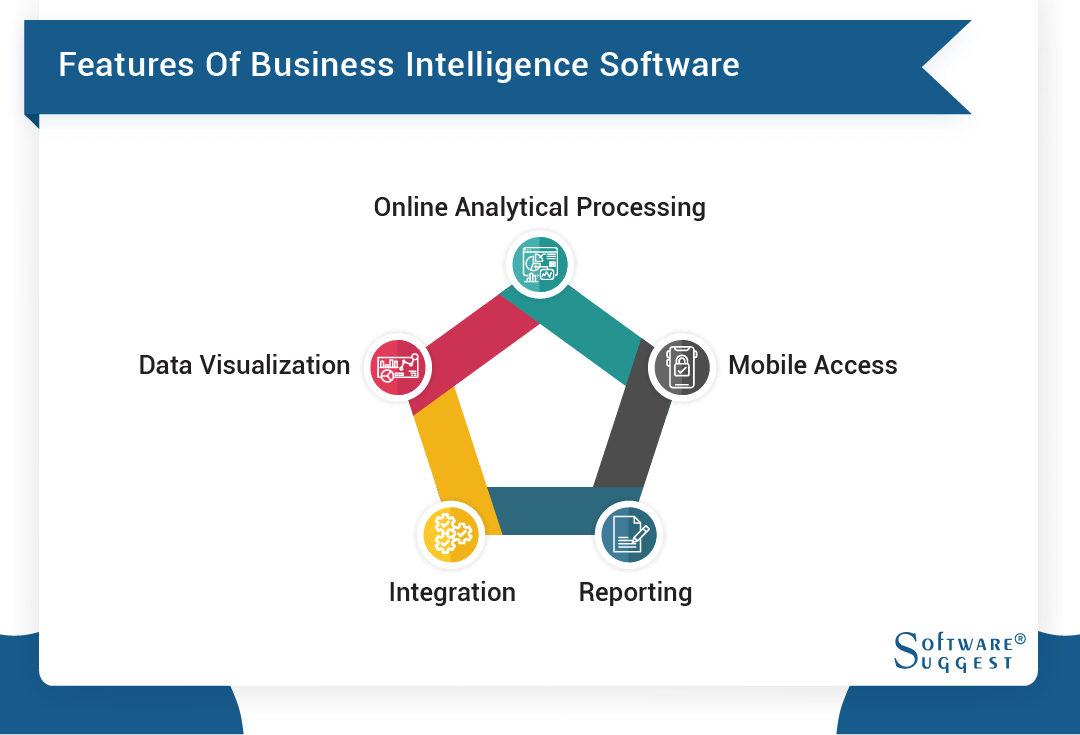
Business Intelligence Software Explained for Beginners
In today’s fast-paced business world, making informed decisions is crucial for success. With the vast amount of data available, it can be overwhelming to sorting through it all and extracting valuable insights. This is where Business Intelligence (BI) software comes in – a powerful tool that helps organizations make data-driven decisions by providing a comprehensive view of their operations. In this article, we will delve into the world of Business Intelligence software, exploring its definition, benefits, features, and applications, making it an essential read for beginners.
What is Business Intelligence Software?
Business Intelligence software refers to a set of tools and technologies that enable organizations to collect, analyze, and visualize data from various sources, such as financial reports, customer interactions, and market trends. The primary goal of BI software is to provide users with a unified view of their organization’s performance, helping them identify areas of improvement, opportunities, and challenges.
History of Business Intelligence
The concept of Business Intelligence dates back to the 1960s, when the term was first coined by IBM. However, it wasn’t until the 1990s that BI software began to gain popularity, with the emergence of data warehousing and online analytical processing (OLAP) technologies. Over the years, BI has evolved to include advanced analytics, data visualization, and cloud-based solutions, making it more accessible and user-friendly.
Benefits of Business Intelligence Software
The benefits of Business Intelligence software are numerous and significant. Some of the most notable advantages include:
- Improved Decision-Making: BI software provides users with accurate and timely data, enabling them to make informed decisions that drive business growth.
- Enhanced Efficiency: Automating data analysis and reporting processes saves time and reduces the risk of human error.
- Increased Productivity: With a unified view of their organization’s performance, users can focus on high-value tasks and strategic initiatives.
- Competitive Advantage: Organizations that leverage BI software can respond quickly to market changes, stay ahead of the competition, and identify new opportunities.
- Cost Savings: BI software can help organizations optimize resources, reduce waste, and improve operational efficiency.
Features of Business Intelligence Software
Modern Business Intelligence software typically includes a range of features that support data analysis, visualization, and reporting. Some of the most common features include:
- Data Integration: The ability to connect to various data sources, such as databases, spreadsheets, and cloud applications.
- Data Visualization: Interactive dashboards and reports that use charts, graphs, and other visualizations to present complex data in a clear and concise manner.
- Reporting and Analytics: Tools for creating ad-hoc reports, performing predictive analytics, and conducting statistical analysis.
- Data Mining: Techniques for discovering patterns and relationships in large datasets.
- Mobile Access: The ability to access BI software on mobile devices, enabling users to stay informed and make decisions on-the-go.
Applications of Business Intelligence Software
Business Intelligence software has a wide range of applications across various industries, including:
- Finance: BI software is used to analyze financial performance, identify areas of cost reduction, and optimize investment strategies.
- Marketing: BI software helps marketers analyze customer behavior, track campaign performance, and personalize marketing efforts.
- Sales: BI software is used to analyze sales performance, identify new opportunities, and optimize sales strategies.
- Operations: BI software is used to optimize supply chain management, improve quality control, and reduce operational costs.
- Healthcare: BI software is used to analyze patient outcomes, optimize treatment strategies, and improve healthcare operations.
Types of Business Intelligence Software
There are several types of Business Intelligence software available, including:
- Desktop BI: Software that is installed on a user’s desktop computer, such as Microsoft Excel or Tableau.
- Cloud BI: Software that is hosted in the cloud, such as Google Data Studio or Amazon QuickSight.
- Enterprise BI: Software that is designed for large organizations, such as SAP BusinessObjects or Oracle Business Intelligence.
- Open-Source BI: Software that is free and open-source, such as Pentaho or Jaspersoft.
Getting Started with Business Intelligence Software
If you’re new to Business Intelligence software, getting started can seem daunting. Here are some steps to help you get started:
- Define Your Goals: Identify what you want to achieve with BI software, such as improving sales performance or optimizing operational efficiency.
- Choose the Right Software: Select a BI software that meets your needs and budget, considering factors such as data integration, visualization, and reporting.
- Connect to Your Data: Connect your BI software to your data sources, such as databases, spreadsheets, or cloud applications.
- Create Dashboards and Reports: Create interactive dashboards and reports to visualize your data and track key performance indicators (KPIs).
- Analyze and Interpret Your Data: Use your BI software to analyze and interpret your data, identifying trends, patterns, and insights that inform your decision-making.
Conclusion
Business Intelligence software is a powerful tool that enables organizations to make data-driven decisions, drive business growth, and stay ahead of the competition. With its rich history, numerous benefits, and wide range of features and applications, BI software is an essential component of any modern business. Whether you’re a beginner or an experienced user, this article has provided a comprehensive introduction to the world of Business Intelligence software, helping you get started on your BI journey. As you embark on this journey, remember to define your goals, choose the right software, connect to your data, create dashboards and reports, and analyze and interpret your data – and you’ll be well on your way to unlocking the full potential of Business Intelligence software.
Closure
Thus, we hope this article has provided valuable insights into Business Intelligence Software Explained for Beginners. We thank you for taking the time to read this article. See you in our next article!


